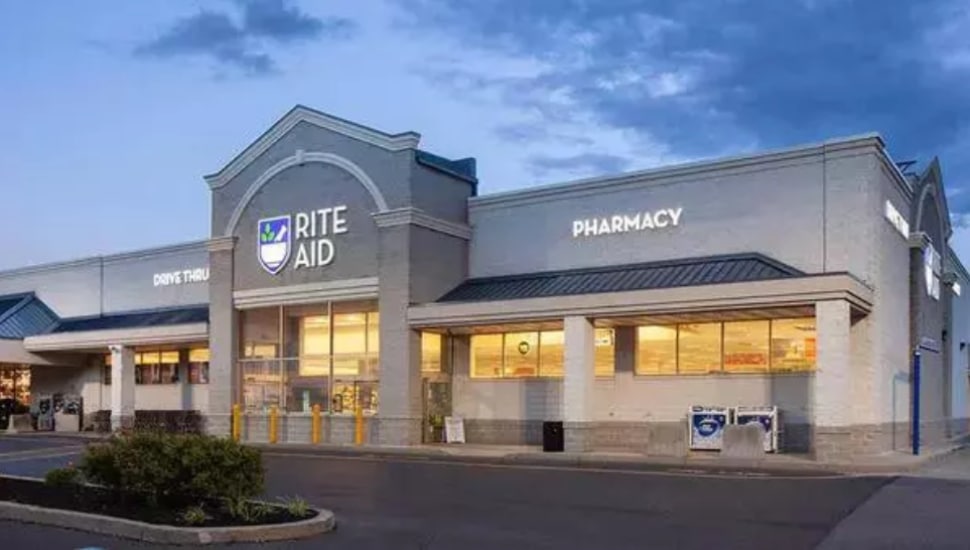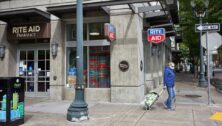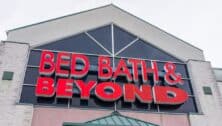Understanding the Complexities of Rite Aid’s Journey from Success Story to Bankruptcy

Recently the new Rite Aid CEO Jeffrey Stein warned retail landlords that more store closings are likely as the drugstore chain goes through Chapter 11 bankruptcy proceedings.
He added that he expected landlords to offer reductions in rent and other cost concessions.
How did a successful business end up in such dire straits?
It’s complicated, writes Joseph N. DiStefano for The Philadelphia Inquirer.
When Harrisburg lawyer Alexander Grass founded the first Rite Aid in Scranton in 1962, it quickly became one of the top retail drug chains in the United States.
Hi son Martin, however, led the company into troubled waters in the late 1990s and early 2000s with an overambitious growth plan that led to debt, stock collapse, and Martin Grass being imprisoned for fraud and conspiracy.
In the 2000s, Rite Aid fought to stay competitive by buying more stores and adding food, toys, and supplements to what their stores sold. It also created a pharmacy benefit management group.
The company continued to struggle though as the popularity of digital pharmacies grew, and then the COVID-19 pandemic hit.
The accumulation of $4 billion in debt, challenging economic conditions, expensive long-term leases, and opioid-related lawsuits have all contributed to Rite Aid’s bankruptcy.
Read more about the past and future of Rite Aid as it goes through bankruptcy proceedings in The Philadelphia Inquirer.
_____________________
Stay Connected, Stay Informed
Subscribe for great stories in your community!
"*" indicates required fields











![ForAll_Digital-Ad_Dan_1940x300[59]](https://montco.today/wp-content/uploads/sites/2/2022/06/ForAll_Digital-Ad_Dan_1940x30059.jpg)



![95000-1023_ACJ_BannerAd[1]](https://montco.today/wp-content/uploads/sites/2/2023/03/95000-1023_ACJ_BannerAd1.jpg)



























